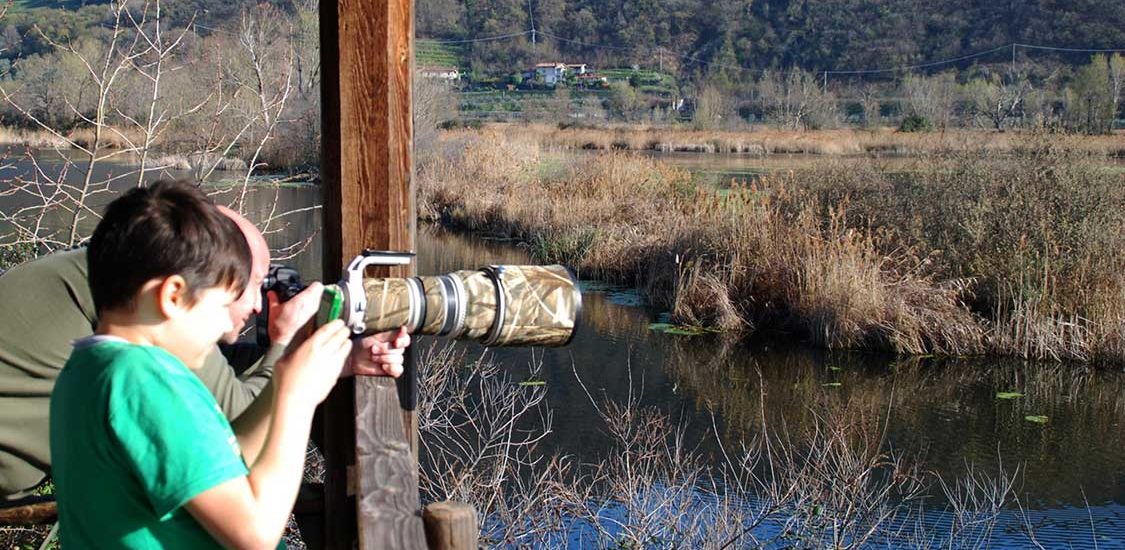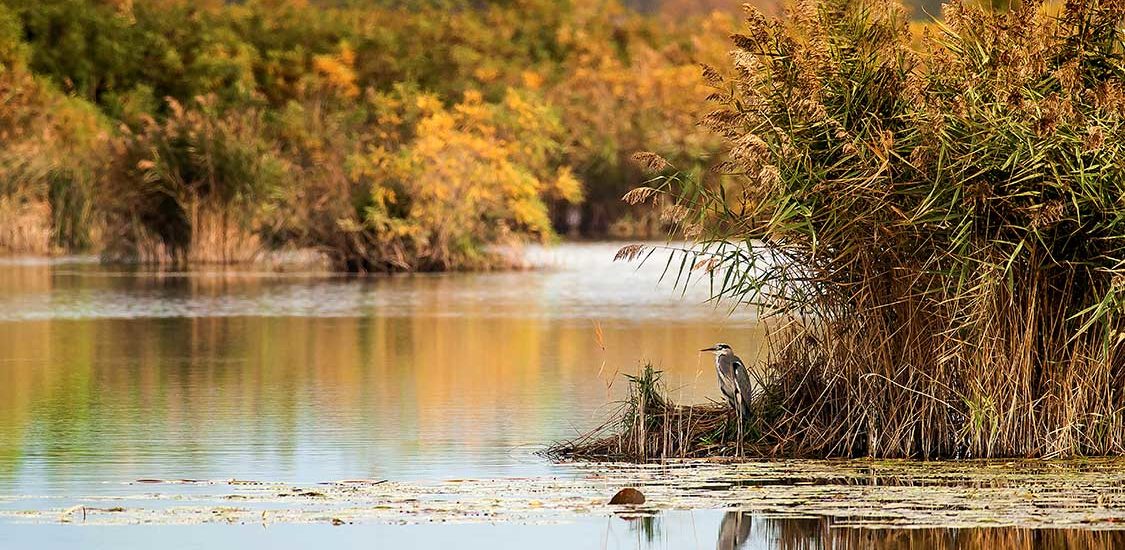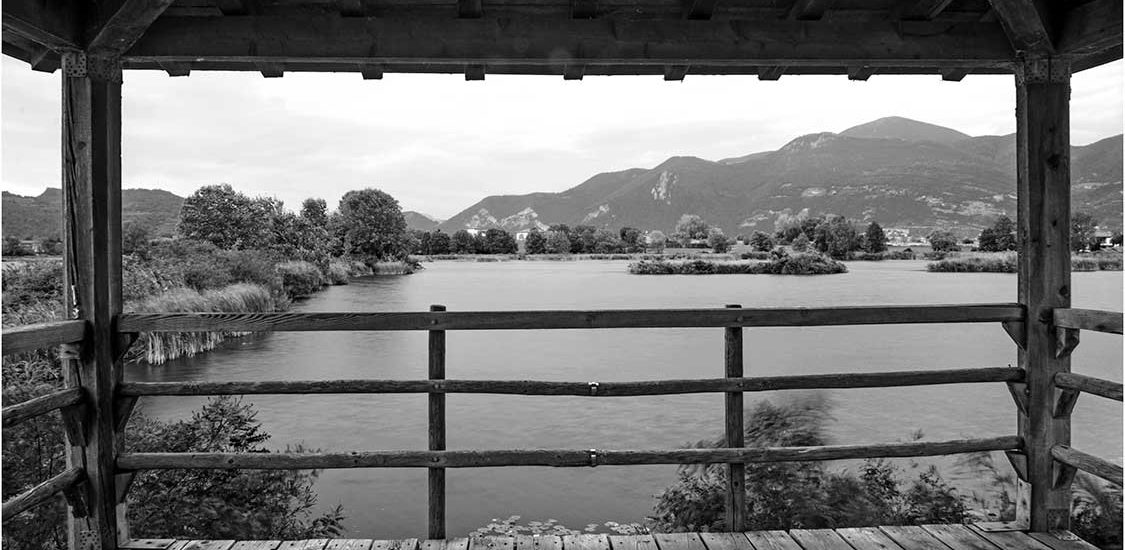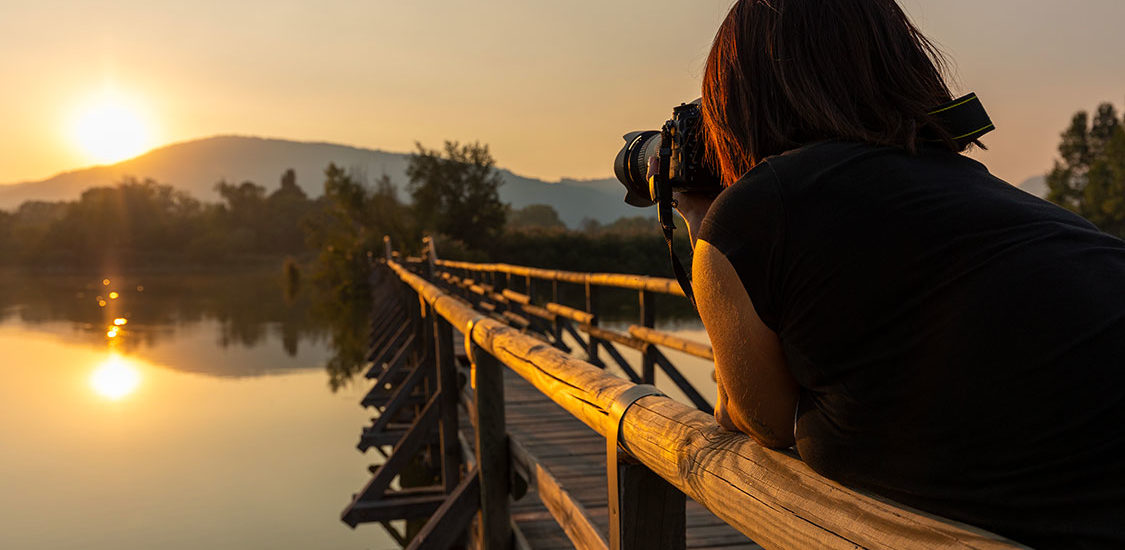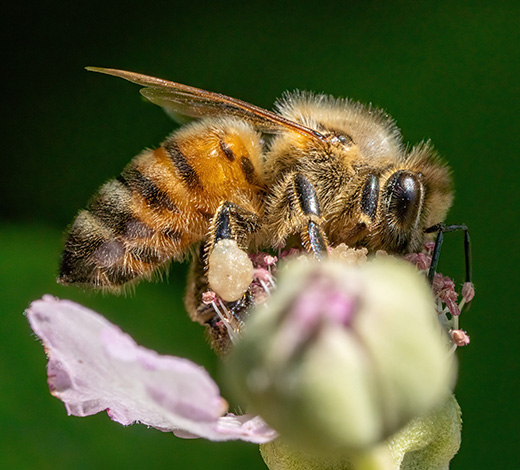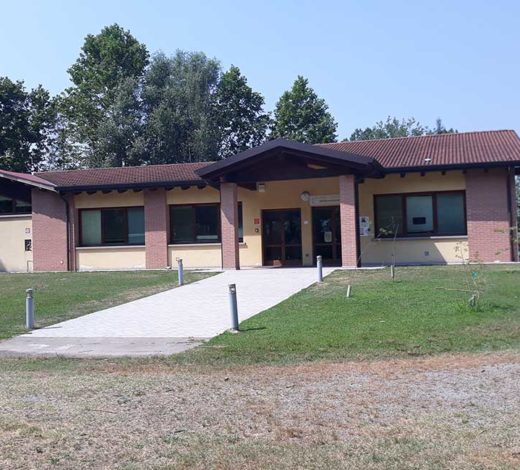Birdwatching
Birdwatching is the observation of birds in nature. This extraordinary passion can win anyone over, whether adults or children.
In fact, birds are undoubtedly one of the most fascinating displays of nature. Their flight, migration, plumage, and colours have always captured people’s attention. For your first times birdwatching, an expert guide is recommended to teach the basics of this activity.
The peat bogs in the Reserve are particularly important for nesting, wintering, and migrating aquatic birds. The protected species of European interest that nest at the site include the purple heron (Ardea purpurea), western marsh harrier (Circus aeruginosus), little bittern (Ixobrychus minutus), black kite (Milvus migrans), black-crowned night heron (Nycticorax nycticorax), little crake (Ponzana parva), and Savi’s warbler (Locustella luscinioides).
The wintering and migrating species of particular interest include the eurasian bittern (Botaurus stellaris), hen harrier (Circus cyaneus), and Eurasian penduline tit (Remiz pendulinus).
The Torbiere del Sebino is also one of the few reproduction sites of the bearded reedling (Panurus biarmicus) in Lombardy.
However, the species most commonly seen in the Reserve are the mute swan (Cygnus olor), great cormorant (Phalacrocorax carbo), common moorhen (Gallinula chloropus), great crested grebe (Podiceps cristatus), mallard (Anas platyrhynchos), grey heron (Ardea cinerea), great reed warbler (Acrocephalus arundinaceus), and purple heron (Ardea purpurea).
Over the years, the managing body has dedicated itself to creating multiple areas for bird lovers in the Reserve, with various birdwatching stations.
There are four birdwatching sites along the Central Route (photo of locations) and an observation tower along the Northern Route that offers a 360° view over the basins to the south.
NECESSARY EQUIPMENT:
Binoculars
Choose a good-quality model, which can be found starting at about €150. We recommend a model with a power of 8 or 10 that is not too heavy. The objective lens (the larger one in front) should have a diameter of 30 or 40 mm. The two most common measurements are summarized by retailers as 8×30 or 10×40. The 8×30 binoculars are lighter, have a wider field of view and decent luminosity, while the 10×40 — preferred by expert birdwatchers — are heavier and require more experience to focus, although they allow observers to see more detail on birds that are farther away.
Bird guide
The most common guide to birds is Collins Bird Guide. Illustrated Edition, with distribution maps. If you’d like to choose a different guide, keep in mind the following rules: images are always better than photos, and species distribution maps are essential if you are not an ornithologist or expert birdwatcher.
Field notebook
It is always nice to note your observations with a date and place so you can remember them over time and share any impressions or discoveries with other birdwatchers.
Camera
Taking pictures of the species is very useful for beginners, so experts can help identify difficult species. Keep in mind that when asking for help to identify a species, a bad photo is always better than a good description. To start, a compact, inexpensive camera that almost all of us have at home may work very well.
